Understanding the Importance of Marine Navigation Lighting
As with all modes of transport, the lighting systems used by the night are imperative to the vehicle’s safety. Ships, being enormous constructs, needs lighting systems too! In fact, the lighting system in place for a vessel is integral to the safe navigation of the vessel; in fact, it is one of THE MOST important aspects of nautical studies emphasised on in college as well as for competency exams.
The primary function of marine navigation lights is to aid prevention of any major accident from happening. All boats – whether big or small are required to have night lights as a part of the navigation systems. This system was introduced in the year 1838 by the United States and then was followed by the United Kingdom in 1849. In the year 1889, the International Maritime Conference was established by the United States to establish proper guidelines to prevent marine accidents. In the year 1897, these rules were officially adopted internationally. The colour of the lights that were required to be used as specified by a set of rules passed in the UK. On the basis of this rule, three colours were chosen: red, green and white. Even today, the marine navigation lighting consists of these three colours.

There is a pattern in which these lights are set up on the ships and boats in conjunction with the International Association of Lighthouse Authorities (IALA) Buoyage Systems. The pattern can be explained below:
- There is a light at the right-hand side of the boat (right side when facing the bow of the vessel known as the starboard side) which is green in colour.
- There is a light at the left-hand side of the boat (left side when facing the bow of the vessel is known as the port side) which is red in colour.
Both the sidelights show an unbroken light over an arc of the horizon of 112.5 degrees such that from right ahead it can be viewed to 22.5 degrees shaft on either side.
- A white light is also placed at the back of the boat (known as the stern side). This shows an unbroken light over an arc of horizon of 135 degrees and fixed to show the light 67.5 degrees from right aft on each side
- The mast of the boat also has to have night lights. The colour of this light is white. Two mastheads lights are in place, with the second one shaft of and higher than the first, when the length of the vessel is greater than 50 metres. Shows an unbroken light over an arc of the horizon of 225 degrees and so fixed to show the light from right ahead to 22.5 degrees abaft on either side
Lights aren’t just to indicate one’s own status as a vessel for identification by other vessels in the vicinity but also vice versa. It is probably the most important aspect when complying with COLREGS in order to ascertain the status of any vessel in order to take the appropriate action as per COLREGS. PART C of the COLREGS published by the IMO is titled as LIGHTS AND SHAPES and lays out all necessary information with regard to lights and the specificity of their usage for different types of vessels. For example, a fishing vessel is mandated to display a RED light over a GREEN light and the opposite is applicable for a pilot vessel. ANNEX 1 of the COLREGS deals with the positioning and technical details of lights and shapes and has precise data with regard to many aspects of marine navigation lights whereas ANNEX 2 deals with the additional signals for fishing vessel fishing in close proximity. The parts mentioned till now are actually extremely important for any navigating officer to be thorough with, not only for proving their competency in the exams but also for practical application onboard.
The visibility range of such lights varies between three miles to six miles. The lights that are used for ships and bigger boats have a longer range of visibility as compared to the smaller boats.
Following table indicates the visibility of lights as per the COLREGS Rule 22. All ranges in nautical miles and lengths in metres.
| LIGHTS | RANGE | RANGE | RANGE |
| Length 50m or more | Length 12m or more but less than 50m | Length less than 12m | |
| Masthead Lt | 6 | 5 or 3 | 2 |
| Side Lt | 3 | 2 | 1 |
| Stern Lt | 3 | 2 | 2 |
| Towing Lt | 3 | 2 | 2 |
| All Round Lt | 3 | 2 | 2 |
The importance of lights have been stressed upon enough, but to understand its practical application, imagine a head-on situation (two vessels on reciprocal course); as per COLREGS Rule 14, upon viewing the mandated lights for the situation, each vessel is instructed to alter their course to starboard so as to pass on each other’s port sides. For the purposes of the application of light signals, it is also be important to understand the concept of ‘Aspect’ which, in easy terms, is our own light as viewed by another vessel.
The subject of lights is a rather precise one and being thorough with it requires targeted study. Needless to say, safe navigation is entirely entwined with the knowledge and appropriate application of marine navigation lights.
Disclaimer: The authors’ views expressed in this article do not necessarily reflect the views of Marine Insight. Data and charts, if used, in the article have been sourced from available information and have not been authenticated by any statutory authority. The author and Marine Insight do not claim it to be accurate nor accept any responsibility for the same. The views constitute only the opinions and do not constitute any guidelines or recommendation on any course of action to be followed by the reader.
The article or images cannot be reproduced, copied, shared or used in any form without the permission of the author and Marine Insight.
Do you have info to share with us ? Suggest a correction

About Author
Shilavadra Bhattacharjee is a shipbroker with a background in commercial operations after having sailed onboard as a Third Officer. His interests primarily lie in the energy sector, books and travelling.
Latest Marine Navigation Articles You Would Like:
Subscribe To Our Newsletters
By subscribing, you agree to our Privacy Policy and may receive occasional deal communications; you can unsubscribe anytime.
Web Stories



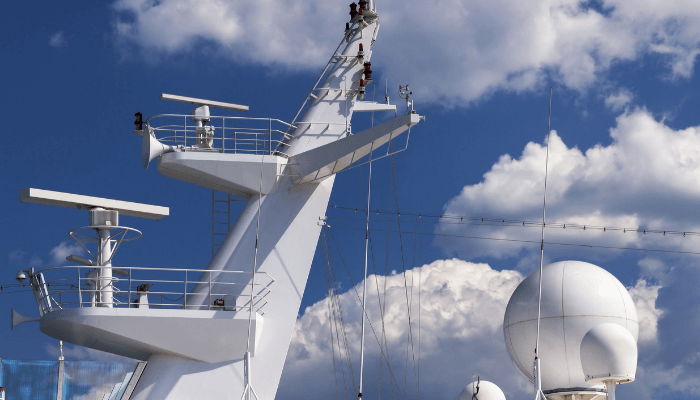
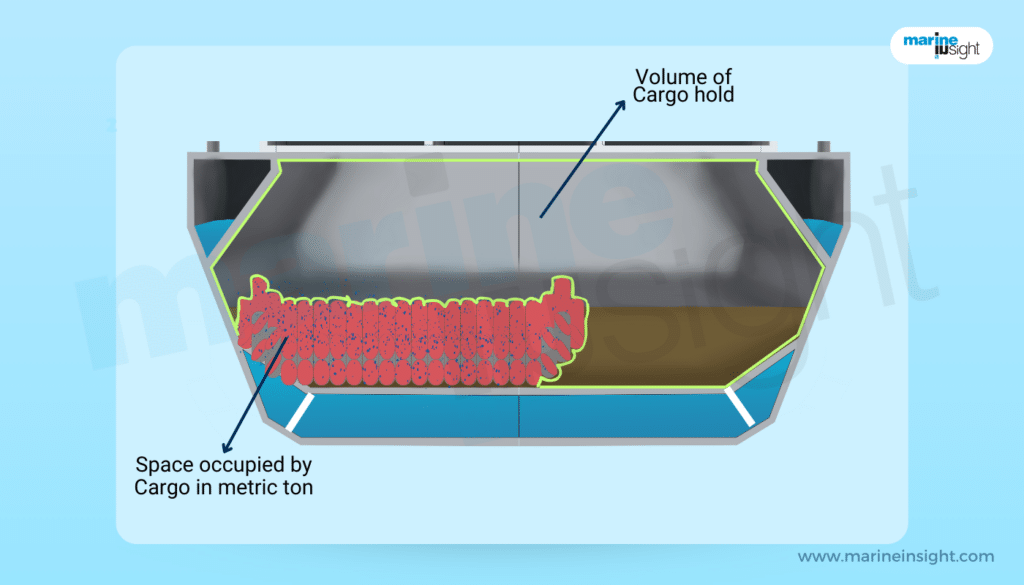
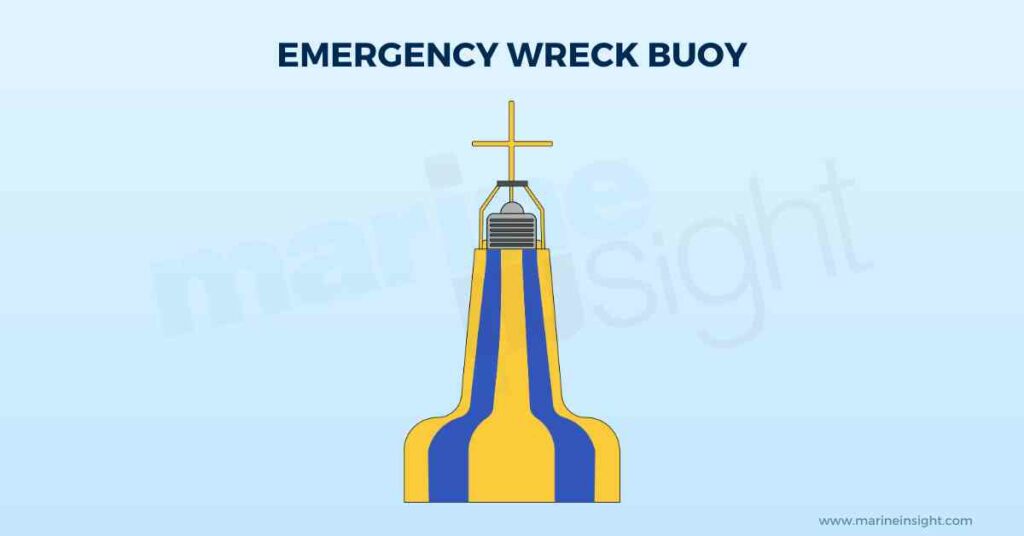

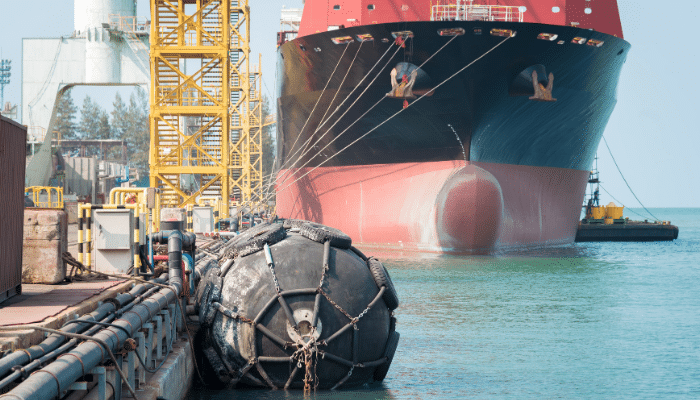
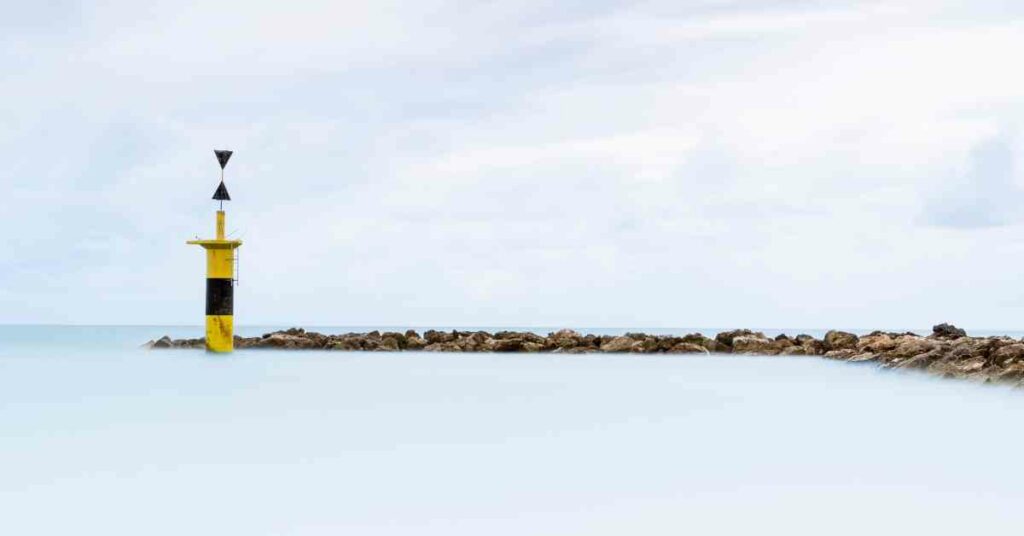
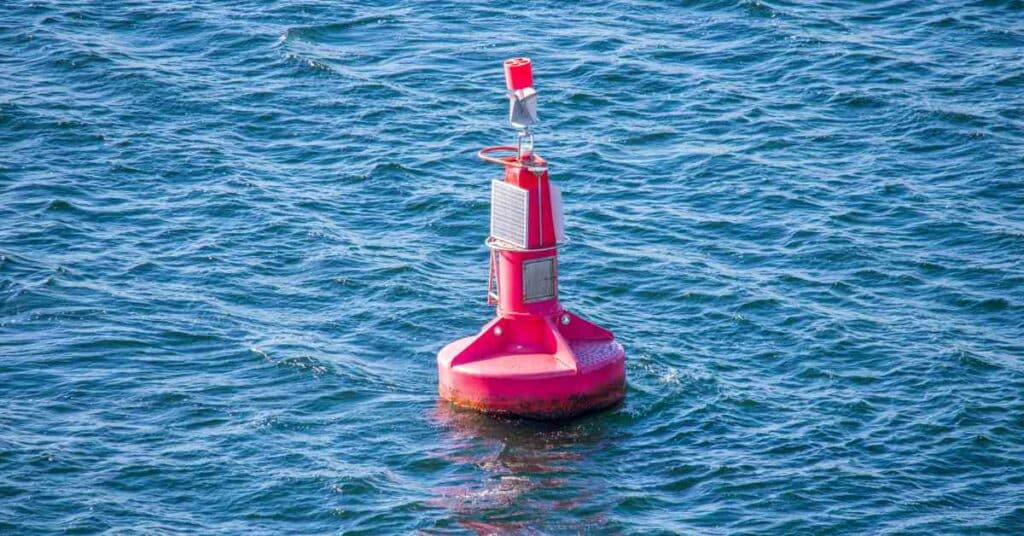

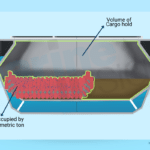
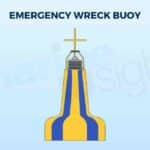

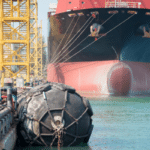
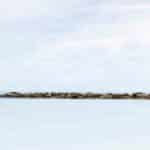
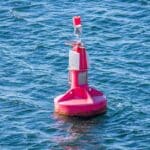





Really FANTASTIC uptodate information, No words to explain – My Sincere Salute.
Excellently explained
Many thanks for the info
@Scuba: ????????
This is very refreshing, very thoughtful. I’ll be sharing and looking for more informative sessions. Thank you!
@Julian : Thank you ????????. Glad you found the information useful.
Under sail power only the mast head or steaming light is off.
Fishing vessel, red over green and pilot, green over red??
White over red pilot ahead, red over white fishing at night.
Hi, Great, informative article. I would like to share this article on my USCG Auxiliary Flotilla Facebook page that focuses on Recreational Boating Safety. How would I obtain the needed permission?
Flotilla 96, Wiggins Pass
Naples, FL
Thank you.
@Ellen: You can share the article by providing credit to our FB page https://www.facebook.com/marineinsight/
Are there any regulations requiring a rotating red beacon (light) to be located mid ship? Does the type, size or use of a boat dictate this requirement?
Thanks
Bravo. Many thanks.